#Editorials
Rare Rides Icons: The Lincoln Mark Series Cars, Feeling Continental (Part III)
Today finds us at the third installment in our coverage of the Lincoln Mark series cars. So far we’ve covered the original Continental that ran from 1939 to 1948 and learned about the styling decisions that made for the most excellent Midcentury Continental Mark II. The Mark II arrived to herald the birth of the new Continental luxury division at Ford. A division of Ford and not Lincoln-Mercury, Continental was established as the flagship of the Ford enterprise. We pick up circa 1952, with Cadillac.
Abandoned History: Dodge's Dead Import Trucks (Part III)
In a captive import enterprise that began in 1979, Dodge sold Mitsubishi’s compact pickup (aka Mighty Max in North America) to compete with the likes of the Ford (Mazda) Courier and the Chevrolet (Isuzu) LUV. Badged as the Ram 50, the truck was sold through two generations, 1979-1986 and 1987-1994. By the Nineties, the second-gen was showing its age, and Dodge decided it would rather focus on its own midsize truck, the Dakota.
But there was another captive import that arrived at the very same time as the second edition of the Ram 50. Say hello to the Raider.
Rare Rides Icons: The Ford Festiva, a Subcompact and Worldwide Kia by Mazda (Part I)
We embark on the important and global tale of a subcompact hatchback today. Your author referenced it last week in Part I of our Kia large cars series, and now it’s time for the promised comprehensive Rare Rides coverage! Manufactured in various places around the world, our subject vehicle lived a long life and had no fewer than 10 identities over its impressive 17-year span. We’re going to party, karamu, Festiva, forever.
Rare Rides Icons: The Lincoln Mark Series Cars, Feeling Continental (Part II)
We pick up our Lincoln Mark series again today, at a point where Ford’s executives were really not interested in selling a personal luxury coupe. The original Continental was developed as a concept at the request of Edsel Ford, who wanted a car to take on his spring vacation in 1939. After an informal debut in Florida, Edsel came back with 200 orders and the Continental entered production.
Halted by World War II, the Continental picked up where it left off and underwent a light reworking at the hands of Virgil Exner. But the end of the Forties were not kind to the likes of the V12 engine, nor did Ford want to create a new Continental to replace the decade-old one circa 1948. Continental went away, its name unused. Instead, Lincoln foisted reworked Mercurys as the Cosmopolitan and ignored personal luxury. The brand generally lowered the bar of exclusivity set by Continental and the K-Series cars, and made things more affordable to the upper-middle portion of the American consumer base. Things stayed that way at Lincoln for some time.
GM Asks Suppliers to Sign Environmental Pledge, ESG Scoring
On Monday, General Motors publicly asked its suppliers to pledge themselves toward adherence to carbon neutrality. But the vow actually goes quite a bit further, incorporating numerous Environmental, Social, and Governance (ESG) scoring aspects we’ve seen being advanced by some of the world’s most powerful corporations, financial institutions, and world leaders.
In fact, the official name for the oath is the “Environmental, Social and Governance Partnership Pledge” and it’s already been associated with metrics defined by EcoVadis — a third-party assessor that focused on evaluating how individual companies integrate its preferred principles of sustainability, corporate responsibility, social cohesion into their business and management systems.
Rare Rides Icons: The History of Stutz, Stop and Go Fast (Part IX)
We pick back up in the Stutz story today, at a time when (once again) all was new and promising at the luxury brand. Under the company’s new ownership, Stutz had the funding for Italian craftsmanship and hand-built goodness. The all-new Stutz Blackhawk entered production in 1971.
Nineteen feet long and full of wood, precious metals, and optional mink upholstery, the Blackhawk asked for a stunning amount of money that was far greater than domestic personal luxury coupes and more than a Rolls-Royce. At a base ask of $22,500 ($162,533 adj.) in 1971 dollars, there were few cars that actually competed with the Blackhawk’s purchasable exclusivity. And said exclusivity attracted some very wealthy people. Let’s talk celebrity status.
Abandoned History: Dodge's Dead Import Trucks (Part II)
Dodge’s import truck story began in 1979, when the Mitsubishi Forte (or L200) arrived on North American shores, rebadged as the Dodge D-50 and Plymouth Arrow. A captive import like the Colt, the durable Dodge D-50 (later Ram 50) proved itself a solid entrant into the compact pickup truck market. What proved unpopular was the Plymouth Arrow, which did not make it past its initial 1979-1982 outing. The Ram 50 was refreshed in 1982 but was certainly due for replacement in 1987 when the second generation arrived.
California Tech Mogul Launches Senate Run to Destroy Tesla
Dan O’Dowd, the billionaire founder and CEO of Green Hills Software, has announced he’s running for the U.S. Senate and his campaign has a single platform — destroy Tesla Inc.
“Today I launched my campaign for U.S. Senate to make computers safe for humanity. The first danger I am tackling is @ElonMusk‘s reckless deployment of unsafe @Tesla Full Self-Driving cars on our roads,” O’Dowd tweeted on April 19th.
The tweet was accompanied by a 60-second advertisement that showed clips of various Tesla vehicles equipped with the contentious software nearly striking pedestrians and making other mistakes in traffic while a disembodied voice explains does its utmost to make you feel like Tesla is an evil company that wants its cars to kill people.
Rare Rides Icons: The Lincoln Mark Series Cars, Feeling Continental (Part I)
Rare Rides Icons concluded its 22-part series on the Imperial recently, as the long-running luxury model-brand-model exercise by Chrysler came to its timely end in 1993. Today we embark on a new luxury car series. It’s one you’ve asked for, and it’s also about luxury cars and will be an extensive series. Come along, as we consider the life and times of Lincoln’s Mark series cars.
NYC Anti-Idling Bounties Are Making People Rich
In 2019, New York City basically declared war on vehicles left idling — giving citizens the ability to report any automobile they saw running so the city can come and fine them for unnecessary air pollution. As an incentive for snitches, the city said it would be willing to share a quarter of the revenue it accrued via the bust.
With fines starting at $350, this has reportedly allowed citizens to effectively turn the hobby of squealing to the cops a full-time profession. A few are even getting pretty wealthy off the Citizens Air Complaint Program by providing authorities with sufficient documentation to make sure the financial penalties stick. But there are some glaring problems with the overarching scheme.
Rare Rides Icons: The History of Stutz, Stop and Go Fast (Part VIII)
In our last Stutz entry, we saw the once famed luxury maker resuscitated by an entrepreneurial banker. Still headquartered in Indianapolis, Indiana, the newly renamed Stutz Motor Car of America, Inc. built a neoclassical coupe to excite lovers of polyester, personal luxury, and a mélange of styling cues from the Twenties and Thirties. The company’s first offering was the new Blackhawk, styled in a baroque Pontiac kind of way by Virgil Exner.
Abandoned History: Dodge's Dead Import Trucks (Part I)
Recently on Abandoned History, we learned about the Colt, a captive import Dodge/Plymouth/Eagle/AMC/Renault sold courtesy of a badge swap on some compact cars from Mitsubishi. During that series’ tenure, one of our readers had a great idea: A separate Abandoned History discussion of the captive import trucks and SUVs in the Dodge portfolio. The time has come!
Abandoned History: General Motors' Passport and Asna, Total Brand Confusion (Part II)
We started our coverage of GM’s Eighties and Nineties branding adventures last week, with the short-lived experiment that was Passport. The dealership network was an amalgamation of GM-owned or influenced brands from Japan, Sweden, and in the case of the Passport Optima, South Korea. Passport lasted from 1987 through 1991 before GM changed directions. In addition to axing an unsuccessful sales channel, Geo and Saturn cars had arrived during Passport’s tenure and made things more complicated. Let’s learn some more about GM’s Canadian dealership networks.
Rare Rides Icons: The History of Stutz, Stop and Go Fast (Part VII)
We pick up the Stutz story again today, as the super luxurious American brand went off to the automotive graveyard in the sky. Troubled by braking issues, dated product, and management keen to ignore the brand’s racing heritage, Stutz poured its limited development dollars onto delivery trucks and a rather sophisticated DOHC straight-eight engine. Both those developments were finished around the time of the Great Depression.
Unfortunately for Stutz, circa 1930 there was little demand for a new type of delivery truck, and really no demand at all for six-figure (adjusted) luxury cars. The company went bankrupt in 1937 and was liquidated fully in 1939. But the legendary name was not forgotten by certain people in Indianapolis who wore wide lapel suits.
Rare Rides Icons: The History of Imperial, More Than Just a Car (Part XXII)
Today we reach the 22nd and final installment in the Imperial series. In our last edition, we reviewed the development and birth of the final production car to wear the Imperial name: The super-extended K-car platform known as the Y-body. Lee Iacocca was keen on the idea of a full-size luxury sedan for the elderly customer, but Chrysler had neither the resources nor the platform to do it properly. Thus the Y-body appeared, and its angular and pencil-thin shape went on sale in 1990 alongside the similarly lengthened Chrysler New Yorker Fifth Avenue. Speaking of angles, let’s talk about that sweet money-saving clip swap action.









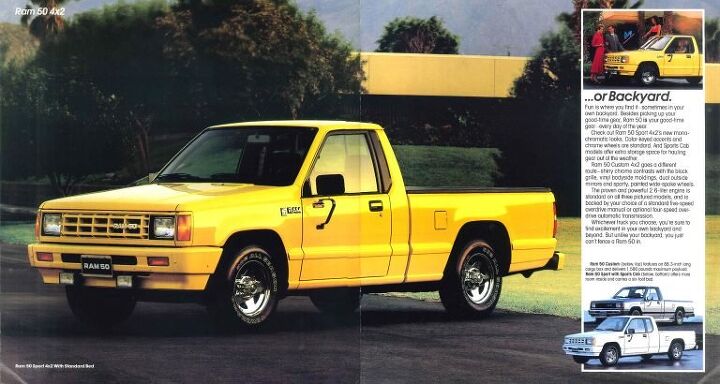

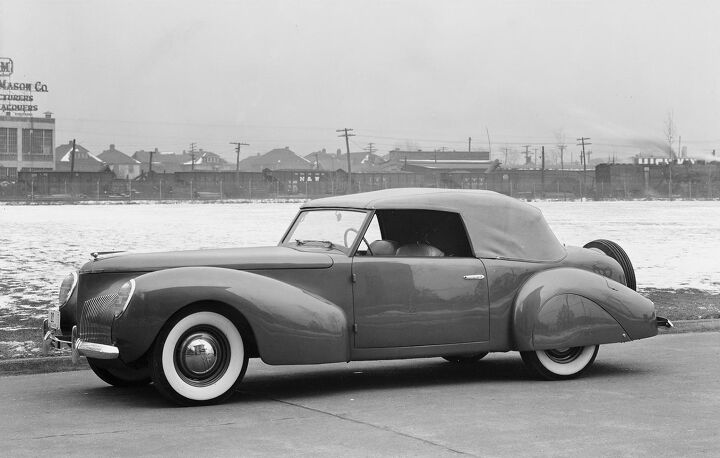
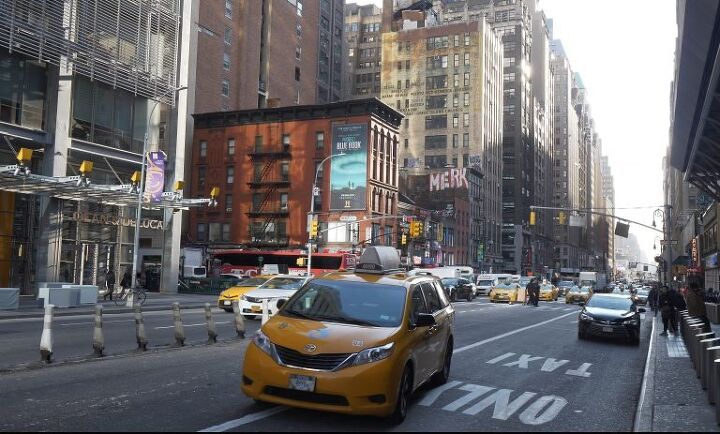
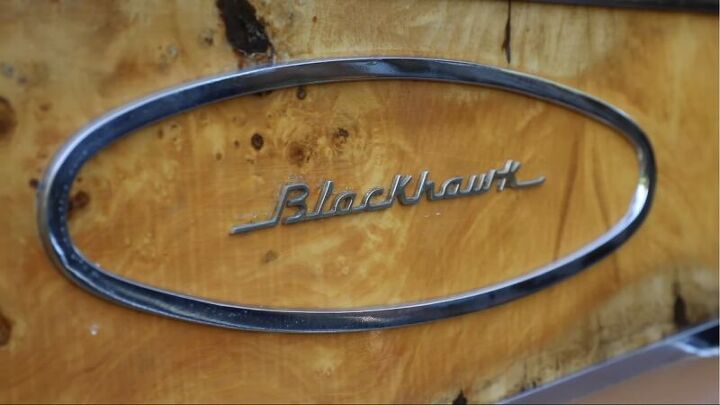
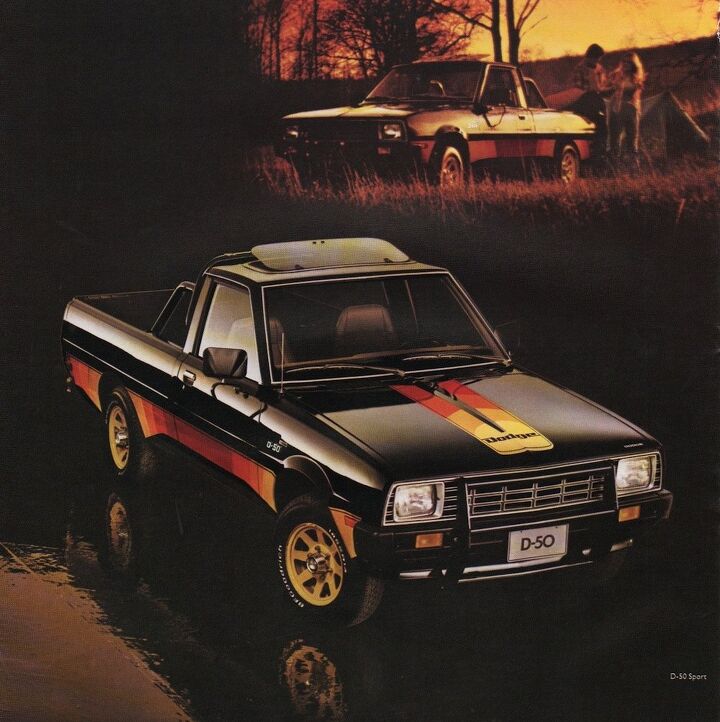















Recent Comments